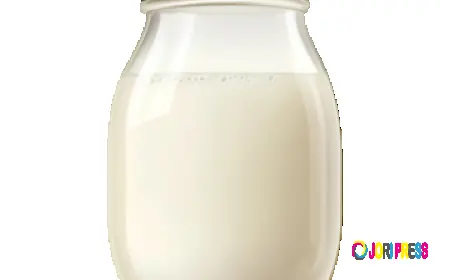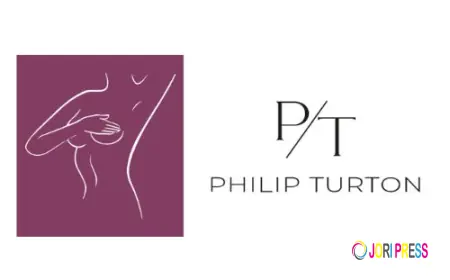Labiaplasty Avoiding Infection During Recovery

Labiaplasty in Dubai, a surgical procedure designed to reshape or reduce the size of the labia minora or majora, is often chosen for both functional and aesthetic reasons. While modern surgical techniques minimize risks, post-operative care plays a crucial role in determining the outcome. One of the most important aspects of recovery is preventing infection. Infections can lead to discomfort, delayed healing, and, in rare cases, long-term complications. By understanding potential risks and adhering to proper hygiene and care routines, patients can significantly reduce the chances of developing an infection after labiaplasty.
Understanding How Infections Develop Post-Surgery:
Infections occur when harmful bacteria or other microorganisms enter the surgical site and multiply. After Labiaplasty in Dubai (جراحة تجميل الشفرين في دبي), the incision area is sensitive and more vulnerable to bacterial invasion because the tissue is healing and immune defenses are temporarily compromised. The genital area naturally contains bacteria, and moisture can create an environment where microbes thrive. Activities such as improper cleaning, touching the wound with unwashed hands, or wearing tight, non-breathable clothing can increase the risk of infection. Recognizing early warning signs such as redness, unusual swelling, increased pain, pus-like discharge, or fever is critical for quick intervention and treatment.
Maintaining Proper Hygiene Without Over-Cleansing:
Good hygiene is the first line of defense against infection, but it must be done with care. Over-cleaning or using harsh products can irritate healing tissues and slow recovery. Instead, gentle cleaning with lukewarm water and a mild, fragrance-free cleanser is recommended. Patients should clean the area as instructed—often two to three times a day—especially after urination or bowel movements. Patting dry with a soft, clean towel or using a hairdryer on a cool setting can help avoid moisture build-up. Avoiding scented wipes, talcum powders, or antibacterial gels in the intimate area is also important, as these may disrupt natural pH levels and cause irritation.
Clothing Choices That Support a Healthy Recovery:
The type of clothing worn during recovery can directly impact infection risk. Tight underwear or pants can trap heat and moisture, creating an environment conducive to bacterial growth. Loose, breathable cotton underwear is ideal for reducing friction and allowing proper air circulation around the healing area. Some patients also find it beneficial to avoid underwear altogether during certain hours of the day when at home, allowing the area to remain dry and well-ventilated. Additionally, wearing loose-fitting skirts or dresses rather than tight jeans can reduce rubbing and pressure on the surgical site, helping to minimize irritation and prevent infection.
The Role of Wound Care and Dressings:
Proper wound care is critical in avoiding post-surgical infection. Depending on the surgeon’s technique and healing process, dressings or pads may be recommended for the initial recovery phase. These should be changed regularly to prevent bacterial growth. Hands must always be washed before touching the wound or changing dressings. Using sterile gauze rather than tissues or fabric can help reduce contamination risks. In some cases, an antiseptic solution may be advised for cleaning, but this should only be used as directed, as overuse can cause dryness and slow healing. Maintaining a consistent wound care routine not only prevents infection but also supports faster tissue repair.
Lifestyle Adjustments to Reduce Infection Risk:
Lifestyle choices during recovery play a significant role in preventing infections. Patients should avoid swimming in public pools, hot tubs, or natural bodies of water until fully healed, as these environments often contain bacteria. Physical activities that cause excessive sweating in the groin area, such as intense workouts or cycling, should also be postponed to prevent irritation and bacterial exposure. Sexual intercourse should be avoided until the surgical site is completely healed, as it can introduce bacteria and strain the stitches. Maintaining a balanced diet rich in vitamins, minerals, and protein can also support the immune system and promote better healing, indirectly reducing infection risks.
Monitoring Recovery and Responding to Warning Signs:
Close monitoring of the healing process is essential. While mild swelling, bruising, and discomfort are normal after labiaplasty, certain changes may indicate infection. If the area becomes increasingly red, warm to the touch, produces a foul-smelling discharge, or if pain intensifies instead of gradually decreasing, it could be a sign of infection. Fever or chills are also warning signs that require immediate attention. Promptly addressing these symptoms with medical evaluation ensures timely treatment, preventing more serious complications. Keeping a recovery journal with daily observations can help track changes and detect unusual patterns early.
Conclusion:
Preventing infection after Labiaplasty in Dubai (جراحة تجميل الشفرين) requires a combination of proper hygiene, mindful lifestyle choices, and careful wound management. By maintaining cleanliness without over-irritating the area, choosing breathable clothing, avoiding high-risk environments, and paying close attention to warning signs, patients can support a smooth recovery. Every step taken to prevent infection not only protects the surgical results but also contributes to overall comfort and well-being during the healing journey. A mindful, proactive approach ensures that the recovery process remains on track, allowing patients to enjoy the full benefits of their labiaplasty with confidence and peace of mind.
What's Your Reaction?
 Like
0
Like
0
 Dislike
0
Dislike
0
 Love
0
Love
0
 Funny
0
Funny
0
 Angry
0
Angry
0
 Sad
0
Sad
0
 Wow
0
Wow
0














































